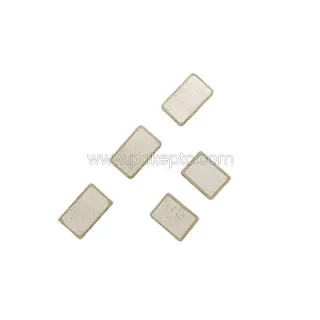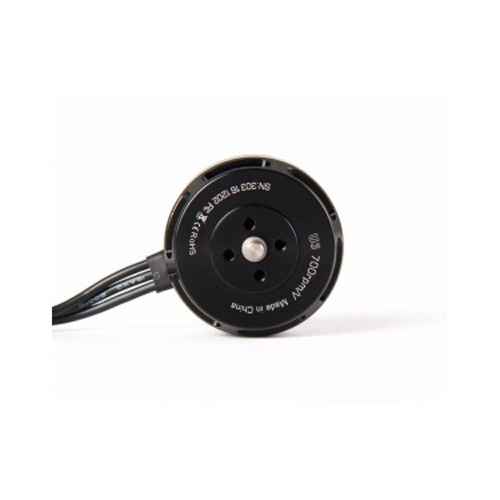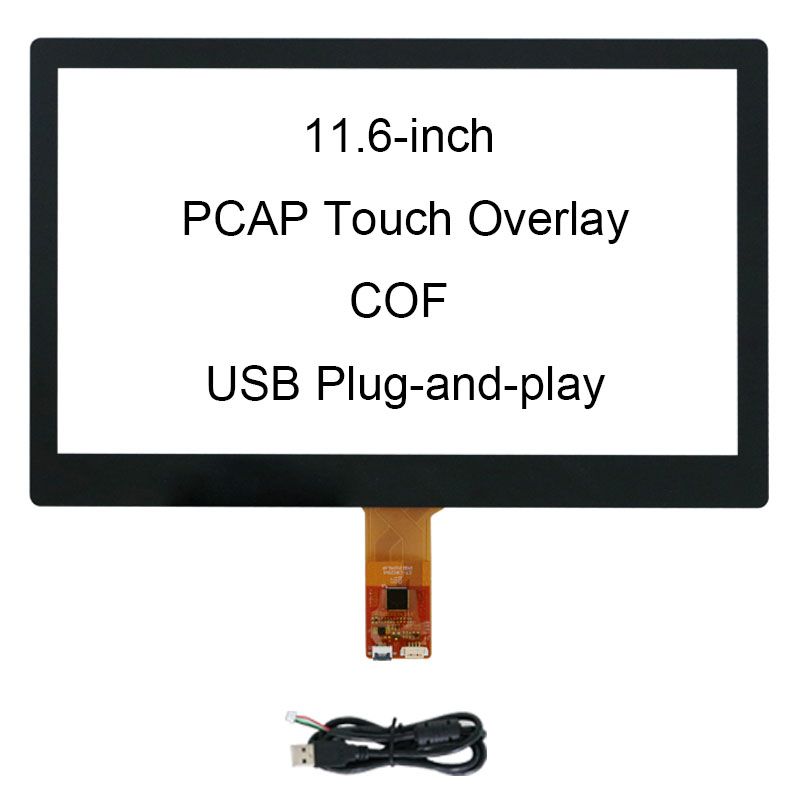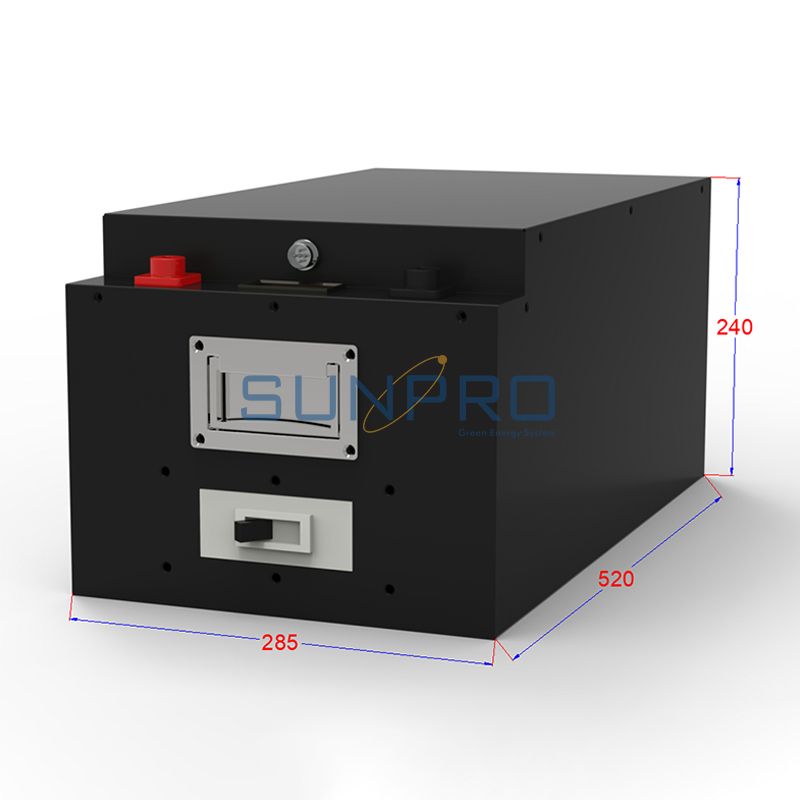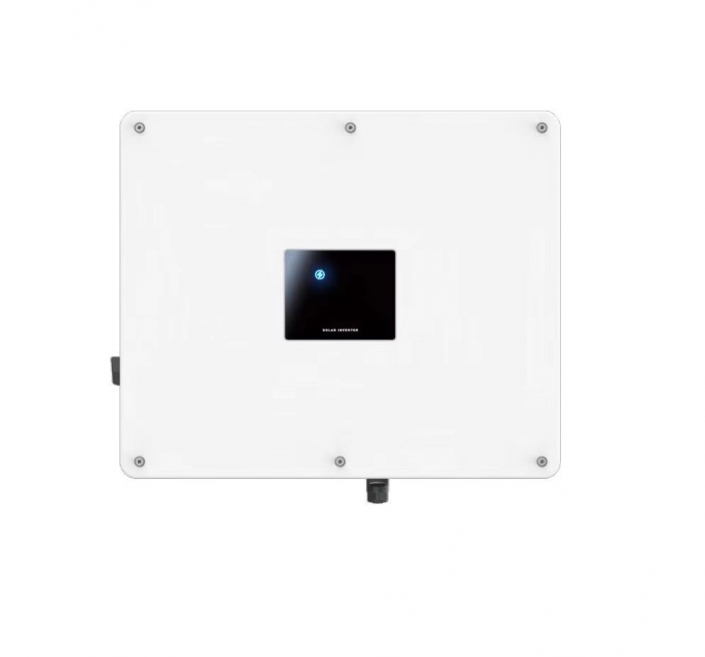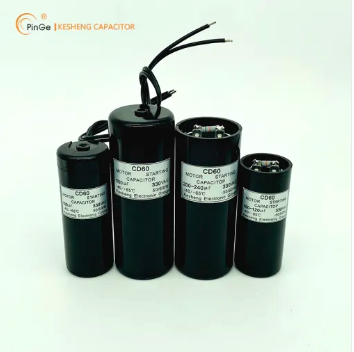How Does OLED Display Work?
How Does OLED Display Work?
OLED, short for Organic Light-Emitting Diode, is a display technology that is becoming increasingly popular in electronic devices such as smartphones, TVs, and wearable devices. So how does OLED display work?
The basic principle of OLED display is the use of organic materials that emit light when an electric current is passed through them. Unlike traditional LCD displays which require a backlight to illuminate the pixels, OLED displays are self-emitting, meaning each individual pixel emits its own light. This allows for deep black levels, high contrast ratios, and vibrant colors.
The process starts with the application of a thin film of organic material to a substrate. When a voltage is applied across the organic layer, it emits light in response. The color of the light emitted is determined by the specific organic materials used in the display. Red, green, and blue are the primary colors used to create a full color spectrum.
Additional reading:A Comprehensive Comparison: LED Neon Flex vs. Traditional Neon Lights
How Do Deep Cycle Battery packs Work?
What are Types and Applications of Lithium Batteries?
What is OLED display module?
Exploring the Efficiency and Reliability of Eltek Rectifier Modules
LED Neon Flex vs. Traditional Neon Lights
Hybrid Inverter vs. Traditional Inverter: A Comprehensive Comparative Analysis
OLED displays can be made using two different types of technology: passive matrix and active matrix. Passive matrix OLED displays are simpler and cheaper to produce, but they suffer from lower image quality and limited viewing angles. Active matrix OLED displays, on the other hand, use thin film transistors to control each individual pixel, resulting in higher resolution and better image quality.
The use of OLED technology in electronic devices has several advantages. OLED displays are thinner and lighter than traditional LCD displays, making them ideal for portable devices such as smartphones and tablets. They also consume less power since individual pixels can be turned off completely when displaying black, which can lead to better battery life.
In conclusion, OLED display technology offers a superior viewing experience compared to traditional LCD displays. Its ability to produce deep blacks, vibrant colors, and high contrast ratios make it a popular choice for electronic devices. As technology continues to evolve, we can expect OLED displays to become even more prevalent in the consumer electronics market.
If you are looking for more details, kindly visit 24.6 TFT LCD Module, Custom TFT Display Manufacturers, Custom LCD Screen Manufacturer.
Additional reading:Unveiling the Power of SOM Core Boards: Revolutionizing Your Electronics
Effective Uses of Emergency Power Packs: Homes, Offices, and Outdoor Events
Exploring the Different Types of Resistors
Harnessing the Power of Artificial Intelligence PCBA: A New Era in Electronics
Understanding ARM SOM Core Boards: A Brief Overview
Maximizing Efficiency and Longevity: A Comprehensive Guide to Electric Forklift Batteries
How to Choose the Right Portable Power Station for Your Needs?




